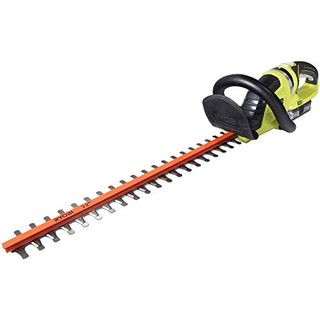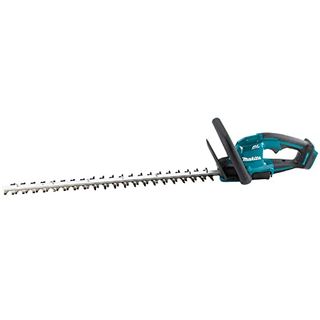Unusual uses for a hedge trimmer – 4 ways to get more value out of this essential power tool
There's more to the humble hedge trimmer than meets the eye
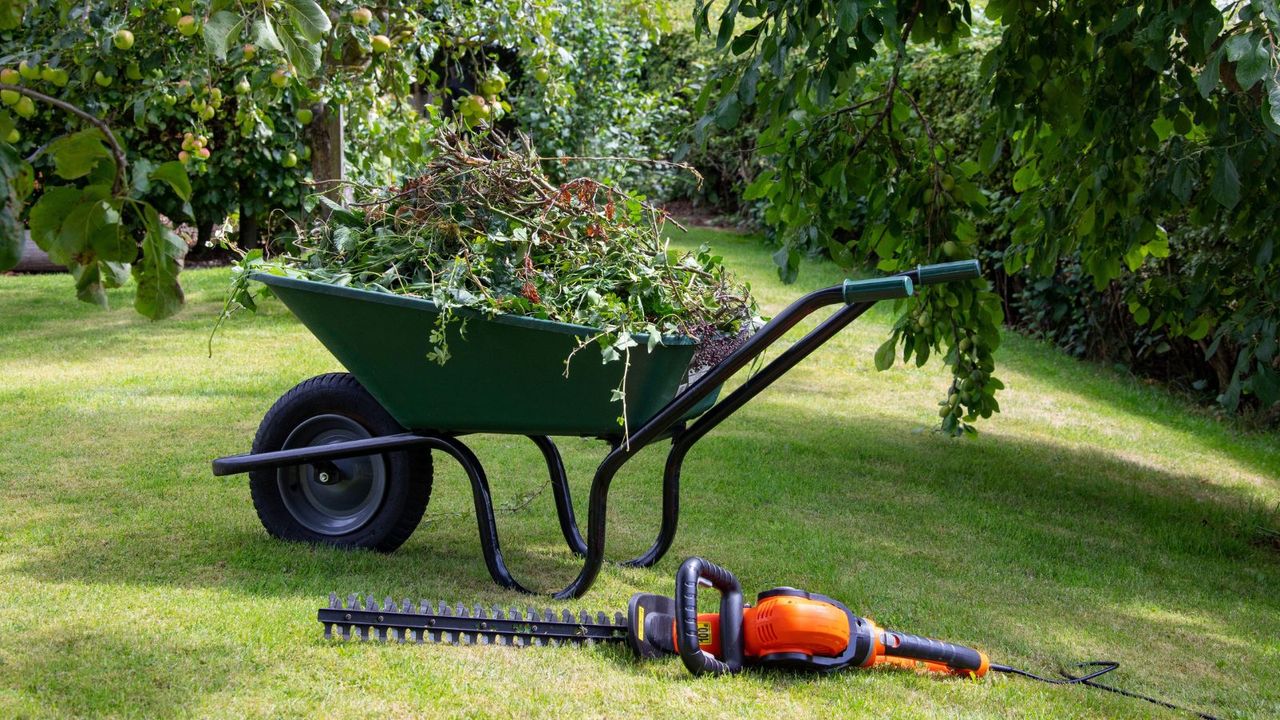

Hedge trimmers are great for keeping your hedges in line. But they're usually perceived as one-trick ponies. If money is tight, it feels a little ridiculous to spend a few hundred dollars on a hedge trimmer that only does one job.
However, after speaking to landscaping experts, there are a some hidden uses for hedge trimmers that make these machines much more versatile.
Whether you need to tidy a lawn or hack back brush, these unusual uses for your hedge trimmer will give you much better value for money.
1. Edging a lawn
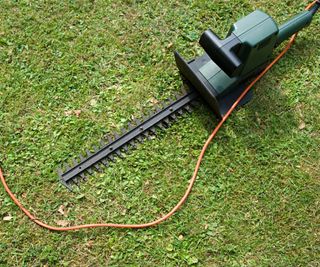
One of the most surprising uses for hedge trimmers is for edging lawns. If you don't have a pair of edging shears or a grass trimmer, hedge trimmers can help to keep the edge of a lawn tidy.
Landscaper Nathan DeWoody told me that 'Landscapers use hedge trimmers for edging lawns in a pinch. Holding the trimmer blade parallel to the edge of a lawn creates a neat line.'
Gardening expert Scott Seargent agrees and adds that you can you even use hedge trimmers to trim a lawn. If you spot a tuft of grass your mower has missed, a hedge trimmer can be a way to snip it level without the hassle of unloading and setting up your mower.
Scott says 'A hedge trimmer can be used in a pinch to trim your lawn. Be careful to keep blades level or you will have dips in the lawn.'
However, Scott warns 'Take care when the lawn is along concrete. If the blades hit the concrete they will jump up so be careful.'
He adds that there's a potential danger if your lawn backs onto gravel. Scott says 'I wouldn’t recommend using them to trim anything if there is gravel. Gravel can fly or get stuck in the blades and damage the blades.'
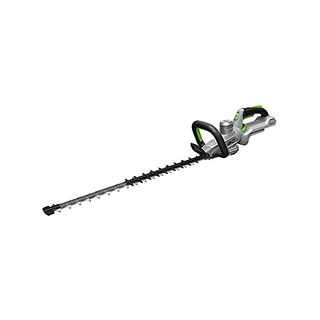
This long 25" hedge trimmer also rotates, which means you can cut vertical hedges without holding up the trimmer at an awkward angle. That also makes it perfect for edging along a lawn. Just bear in mind that this price doesn't include the battery.

Scott is an International Consulting Arborist specialising in diagnosing tree conditions, providing treatment, recommendations, selecting appropriate trees for planting, and offering guidance on post-planting tree care. His services encompass tree selection, specialized fertilization, pruning, irrigation system improvement, root zone management, and pest and disease control.
Nathan owns a tree business in Philadelphia with a wide variety of experience in all things tree service from tree care, removal, and health assessments. He specializes in safe, sustainable practices and offer insights on tree health, risk assessment, storm damage prevention, and many other landscaping topics.
2. Clearing weeds and brush
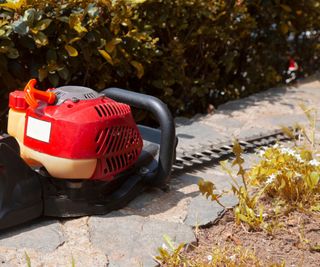
Hedge trimmers can also be a fast way of dealing with weeds and brush. If you only have a small patch of weeds or you don't mind stooping down, a hedge trimmer will save you from buying a separate grass trimmer. Nathan DeWoody says that 'Hedge trimmers can be very helpful with small areas of brush, especially when it’s dense.'
Sometimes, hedge trimmers can be a better option than grass trimmers. If you have a cheap grass trimmer using nylon string to cut, it might not be able to cut through tougher weeds and brambles. Nathan says that Nathan DeWoody 'Hedge trimmers can handle weeds that are thick and woody, clearing overgrown areas quickly.'
However, if you've just moved into a new home and need to prepare the whole garden, you should stick to a grass trimmer. Scott Seargeant says 'Hedge trimmers can clear brushy areas but other machines - including a weed eater - are more efficient'.
3. Tackling ivy and vines

Hedge trimmers are also perfect for tackling ivy and vines. If you have unwanted climbers on your walls, a hedge trimmer is one of the best ways to tame them.
Nathan DeWoody says 'Hedge trimmers are particularly helpful for cutting back large areas of climbers like ivy or wisteria on walls and fences.'
Scott Seargeant agrees but warns that it depends on the plant. He says 'Hedge trimmers can cut back ivy and other vines. But they may get tangled in the blades or have runners too large to fit into the blade width. In these cases, use pruners or a hand saw.'
You also need to be careful when using hedge trimmers against a wall. Just as Scott warned when using a hedge trimmer on a lawn near concrete, a hedge trimmer will buck against brick walls or cut into vinyl siding.
4. Cutting and opening - but be careful
You can also use hedge trimmers to help with other tasks around the yard, but you need to be careful. For example, they can be great for cutting lengths of material.
Scott says that 'Hedge trimmers can cut twine and rope up to about ½ inch. They can cut softer plastic like weed eater line, nursery tape, or zip ties.' If you don't have pruners or scissors on hand, this can be a helpful shortcut when you're out in the yard.
Scott adds that 'They can open a bag of fertilizer or other plastic bags, if in a pinch.' However, you need to be careful here, because the plastic can gum up the blades of the trimmer if you're too vigorous.
You must take care when attempting these uses. Scott says 'Note that these alternate uses are not recommended by the manufacturer or myself.'
Hedge trimmers aren't the only tool with unusual uses. There are a host of unusual uses for a lawn mower that make these tools much more usual in the winter lawncare downtime.
Sign up to the Homes & Gardens newsletter
Design expertise in your inbox – from inspiring decorating ideas and beautiful celebrity homes to practical gardening advice and shopping round-ups.

As a gardens and lifestyle contributor, Alex makes sure readers find the right information to help them make the best purchase. Alex got his start in reviewing at the iconic Good Housekeeping Institute, testing a wide range of household products and appliances. He then moved to BBC Gardeners’ World Magazine, assessing gardening tools, machinery, and wildlife products.
-
 Saatva vs Nectar − which mattress brand is best on test?
Saatva vs Nectar − which mattress brand is best on test?I set the Saatva Contour5 Mattress and the Nectar Memory Foam Mattress head to head to see which mattress offers the best performance at the lowest price
By Emilia Hitching Published
-
 Everyone is already obsessed with Farrow & Ball Scallop – it's the perfect new neutral paint you need to test ASAP
Everyone is already obsessed with Farrow & Ball Scallop – it's the perfect new neutral paint you need to test ASAPFarrow & Ball’s Scallop is a brand new neutral, and it's got so much praise already for being that perfect soft warm neutral paint. Here's everything you need to know about Farrow & Ball's new addition
By Sophia Pouget de St Victor Published
